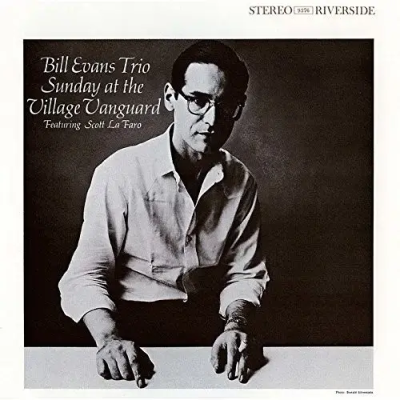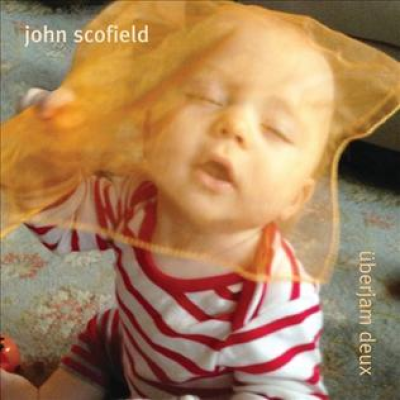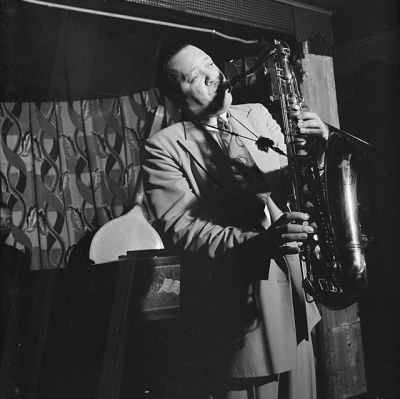.
.
Sanford Kogan’s light sculpture, “Basin Street Comb Over,” is made up of a spaghetti strainer, the bell from a French horn, old keys, funnel, automobile brake disc, wine barrel faucet, brass keyhole plate, tips from fountain pen, and handwritten paper. It functions as a clock, a light, and a musical instrument.
.
___
.
.
…..I recently re-discovered the fascinating light sculptures by the Virginia-based artist Sanford Kogan, who sees himself as a “painter of light,” with light and form as two mediums he combines and harmonizes.
…..His website describes his work as follows:
…..[Kogan’s artistic focus] “is to find and collect (glean) aesthetically interesting functional or industrial objects from the past [including musical instruments], to reimagine them in new contexts, and to combine, repurpose, and transform them into assemblage light sculptures that are compelling in the present.
…..Whether frequenting the antique markets of France or rural Virginia, Kogan “sees anew with intention, gleaning from a ‘smorgasbord’ of interesting objects he might run across. He observes the form of the curated object. He begins to envision how light might enhance it. And how the object might disrupt or otherwise modify the light embedded within.”
…..Kogan writes that he is “continuously looking for ways to filter, mirror, shadow, color, distort, reflect, direct, and focus light, all within context of the assemblage forms that I create. As a medium, light can be ‘shaped’ and adapted, just as form can, as part of the overall artistic expression.
…..“Within my art practice, I am constantly confronted with the ‘contradictory play’ between form and light… With form being heavy, slow, permanent, and solid, as compared to light, which is non- permanent, malleable, light (not heavy), transitory. The relation and exchange between these elements are essential to the visual experience.
…..“Additionally, light, as an essential element of my sculptures, has a primary and non-typical role; For within the visual arts (exception: light art), light, as an external source of illumination, is most often secondary to the artwork itself. But here, as part of the artwork, light’s function has evolved. The object illuminated and the source that illuminates are integrated as one.”
…..Oftentimes, the “objects” he runs across and uses in his work are musical instruments – or even just parts of them – giving them a second life as “functional objects that emit light.”
…..The following images are examples of Kogan’s work in which musical instruments are included. To view more images, and for more complete information, click here to visit his website.
.
.
___
.
.
“Cornet Chop Suey” consists of a polyphon disc, trumpet, oil can,
top of salt shaker, automobile brake disc, reflector from space heater, and pistons from the trumpet
.
.
___
.
.
“Sleepy Time Down South” is made up of a trumpet, art nouveau base, 1950’s glass globe, brass weight for balance scale, and a music box. The trumpet was rescued from the brass bin of the recycling yard in Grenoble, France
.
.
___
.
.
“Boplicity” is a lamp clock made up of a trumpet, watering spigot, stencil letters, and various other brass parts
.
.
___
.
.
“Licorice Stick Tea” consists of a clarinet, teapot, and an art deco glass shade
.
.
_____
.
.

Sanford Kogan was born in Richmond, Virginia, where in his youth he had a love of photography. His early approach to it was to capture images with a concern for three important elements: the play of light, the presence of form, and viewing the work with focus and intention. This interest continues to inform his work as an artist today.
While working in the corporate world and living in France, successful shows of his work in Paris, Berlin and Grenoble encouraged his artistic focus. In 2015, he returned to Virginia, setting up shop on Richmond’s historic West Avenue, where he resides and works today.
For complete information, click here to visit his website.
.
.
___
,
.
Click here to learn how to submit your work
Click here to subscribe to the Jerry Jazz Musician quarterly newsletter
.
.
.














































